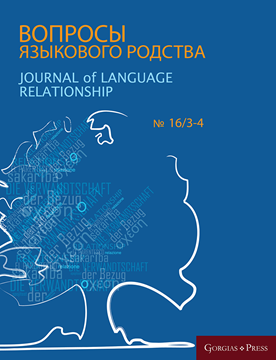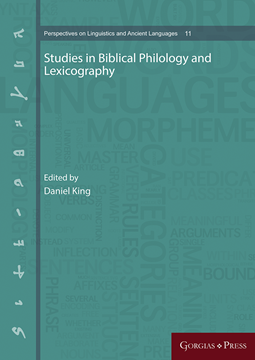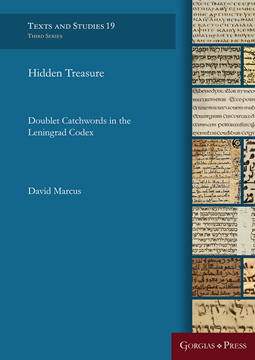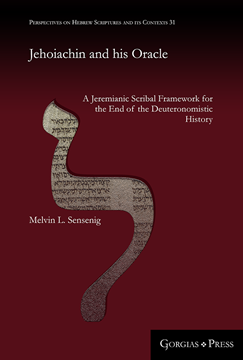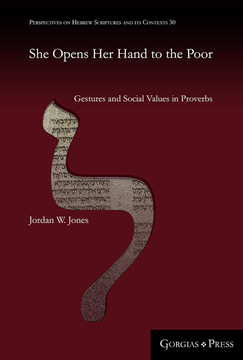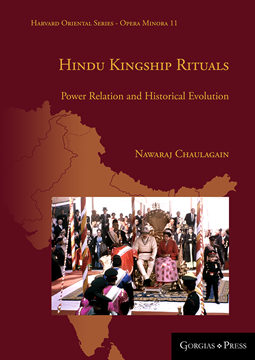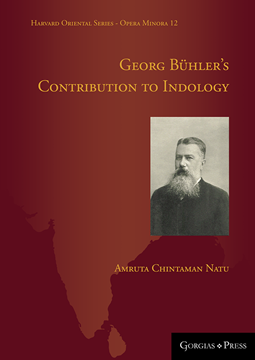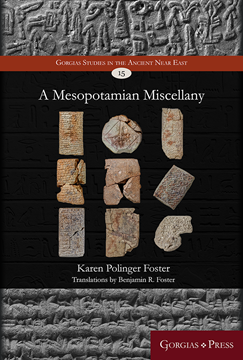Journal of Language Relationship 16/3-4
Series: Journal of Language Relationship 16/3-4
ISBN: 978-1-4632-4033-2
The Journal of Language Relationship is an international periodical publication devoted to the issues of comparative linguistics and the history of the human language. The Journal contains articles written in English and Russian, as well as scientific reviews, discussions and reports from international linguistic conferences and seminars.
$68.00 (USD) $40.80 (USD)
Studies in Biblical Philology and Lexicography
Edited by Daniel King
ISBN: 978-1-4632-4035-6
This volume offers papers that emerged from the meeting of the International Syriac Language Project (ISLP) which took place at Stellenbosch University, South Africa, in September 2016, and at the Humboldt-Universität zu Berlin, in August 2017. The ISLP invites research not only into Syriac, but extends its range to all ancient language lexicography. Hence its proceedings enrich the whole field of Syriac, Hebrew, and Greek lexicography. The ISLP especially encourages research into the interfaces between these languages, and hence the current volume contains a number of papers on translation equivalence: Hebrew-Greek, Hebrew-Syriac, and Greek-Syriac. Other philologically focused pieces explore matters relating to textual and manuscript traditions. All of these are preceded in the present volume by an extensive review of the production and achievements of the ISLP to date.
$149.00 (USD) $89.40 (USD)
Women in Shi'ism Bundle
ISBN: Women_in_Shiism_Bundle
Comprised of some our latest and best-selling books on Islamic and Middle Eastern Studies, the Women in Shi'ism Bundle* is perfect for anyone interested in the achievements, portrayal and social roles of women in Shi'a Islam. Combining hadith, historical and bibliographical research, you will gain diverse perspectives on the lives and achievements of Shi'a women through the volumes, which include, Fâtima, Daughter of Muhammad (second edition, hardback), Half of My Heart: The Narratives of Zaynab, Daughter of ʿAli (hardback), Women in Shiʿism: Ancient Stories, Modern Ideologies (hardback), and Women in Islamic Biographical Collections: From Ibn Sa'd to Who's Who (hardback). *Please note, no additional discounts apply to this bundle. The price quoted below is the lowest price
$380.00 (USD) $228.00 (USD)
Hidden Treasure
Doublet Catchwords in the Leningrad Codex
By David Marcus
Series: Texts and Studies (Third Series) 19
ISBN: 978-1-4632-4039-4
This work presents to the scholarly world the hitherto unpublished trove of over 500 catchwords that were attached to Masoretic doublet notes in the Leningrad Codex. All the doublets with their catchwords are listed both in the chronological order of their first appearance in the Bible and again on their second appearance. The nature of the catchwords, their purpose, and their relation to other Masoretic notes are described in detail, and suggestions are made how they can be of value to biblical scholars.
$110.00 (USD) $66.00 (USD)
Middle Eastern Christians Facing Challenges
Reflections on the Special Synod for the Middle East
Edited by Dietmar W. Winkler
ISBN: 978-1-4632-4041-7
This volume has arisen from the 'Middle East Synod' in Rome in 2010. The articles within focus on the relations of Christians and Churches with their socio-political, religious and ecclesial environments. Ecumenical relations and communion are at stake as well as relationships, witness and dialogue with Jews, Muslims, state entities, and new relations forged in the West through emigration and diaspora.
$114.95 (USD) $68.97 (USD)
Jehoiachin and his Oracle
A Jeremianic Scribal Framework for the End of the Deuteronomistic History
ISBN: 978-1-4632-4043-1
King Jehoiachin, the last Judahite king exiled to Babylon, became the focus of conflicting hopes and fears about a revived Davidic kingship after the exile. As Sensenig demonstrates, this conflict stemmed from a drastic oracle from Jeremiah that seemed to categorically reject Jehoiachin, while the canon records that he not only survived but thrived in exile.
$114.95 (USD) $68.97 (USD)
She Opens Her Hand to the Poor
Gestures and Social Values in Proverbs
ISBN: 978-1-4632-4045-5
While scholarship on nonverbal communication in the Hebrew Bible has traditionally focused on ritual dress, postures of worship, and related topics, there exist a number of non-ritual gestures in the text for which we have little understanding, such as occur in the book of Proverbs. As the premier source for moral pedagogy in the Hebrew Bible, Proverbs contains a number of gestures that, when properly interpreted, enhance an understanding of social values in ancient Israel. To aid in the process of decoding these literary features, Jones examines Ugaritic, Akkadian, Egyptian, and Sumerian texts, identifying similar gestures and anatomical idioms and how they are variously interpreted in their respective contexts. Though the particular religious and cultural systems of these neighboring entities are distinct, their ideology of social values—values imbedded in the fabric of daily life and indicative of the universally shared experience of all communities—comes to the fore through the medium of gesture.
$114.95 (USD) $68.97 (USD)
Hindu Kingship Rituals
Power Relation and Historical Evolution
Series: Harvard Oriental Series - Opera Minora 11
ISBN: 978-1-4632-4047-9
In recent decades, Nepal has witnessed a dramatic shift from its ancient form of Hindu kingship to a federal republican democratic secular order, with the official dissolution of monarchy in 2008. This study deals with the religious lives of the Śāh kings of Nepal, concentrating on such major rituals as the “coronation” (rājyābhiṣeka) and the autumnal navarātri (Goddess-centered) festival. This study unravels how religion and politics were deeply intertwined in the ritual activities, and how the rituals, in their traditional deeply religious and devotional settings, exerted a maximum of socio-political powers for the king and his institutions.
$98.00 (USD) $58.80 (USD)
Georg Bühler's Contribution to Indology
Series: Harvard Oriental Series - Opera Minora 12
ISBN: 978-1-4632-4049-3
This book deals with the life and pioneering work of Georg Bühler in the various fields of Indology. It argues that Bühler's interactions with the 19th c. India influenced his approach as a researcher and in turn his methodology which then followed his self-developed path of Ethno-Indology. The work is a result of study for the doctoral degree of the Savitribai Phule Pune University, Pune, India. Along with source materials available in India, the author consulted those in Germany and Austria.
$114.95 (USD) $68.97 (USD)
A Mesopotamian Miscellany
By Karen Polinger Foster; Translation by Benjamin R. Foster
Series: Gorgias Studies in the Ancient Near East 15
ISBN: 978-1-4632-4052-3
Drawn from Akkadian and Sumerian tablets in the Yale Babylonian Collection, many of them previously unpublished, this collection of readings brings to life the vibrancy of ancient Mesopotamian literature, beyond its better-known myths and epics.
$65.00 (USD) $39.00 (USD)
